If you’re a free spirit who rides without any plan or intended destination, this article might not be of interest. But if you’re a rider who likes to plan things in advance (so you make the most of it) then you’ll want to check this out.
Every year we start the riding season with a clean slate. The world is our oyster. We intend to take our bike on a series of adventures, attend a number of rallies, explore unknown areas of the country, carve our way along twisting roads, visit long time friends, etc. But if you’re like me, best laid plans go amiss. Usually that’s because the plan wasn’t really a PLAN, it was more a case of “wishful thinking” with little chance of success. This article will improve your chances of having a great riding season where you achieve your goals and maximize your mileage. More miles = more smiles.
We’re all limited by time and money and the challenges of balancing the love of our sport with the necessities of life. Reality gets in the way. At the end of the riding season we (usually) look back with regret because we didn’t accomplish all we intended. At least I do. Let’s change that.
So how can we solve this dilemma? Planning, planning, planning. And more planning. For me the planning process is almost as fun as the ride itself.
I sit down with a notepad (dedicated for this purpose) and I list all the rides I’d like to do this year. I list the rallies and the dates. I list the areas I’d like to visit. I list the vacation slots I know can get. Some are possible, some clearly aren’t, but at least I have a starting place. I’m laying a foundation upon which I will build my house. And it won’t be a house of cards, it’ll be made from brick and mortar that’ll stand up to most storms.
On the wall I tack a large 12-month dry-erase calendar. I fill in the dates with the various rallies I want to attend and the rides I want to take. I mark the holidays that’ll give me a 3-day or 4-day weekend. I fill in the vacation time I know I’ll get. I stand back and look at it, ask myself some questions and come up with answers. I ask myself whether that goal is attainable with available financial resources and time. If it’s not, it gets crossed off. I eliminate the items that simply won’t fit. I pencil in those that do. I cut and paste, pare and prune, add or delete things as the picture slowly takes shape.
I leave some dates free for family, and I allow some flexibility for the spur-of-the-moment ride with a buddy who calls me in the middle of the night. By now most of the calendar is filled. It CAN be changed if needed, nothing is written in stone. At least I have a PLAN that gives me direction. I can move ahead.
Next I ask myself what I’ll need in order to actually achieve my goals. Do I have enough money? Is my bike ready for all those miles? What do I need to do in the way of maintenance, what do I need for tires, what do I need in the way of camping gear or riding apparel? And finally I ask myself if I REALLY want to do all of it, or am I biting off more than I can chew? After pondering that question I usually eliminate a couple items. Most of it stays on the calendar. This photo shows one journey that definitely made the cut:
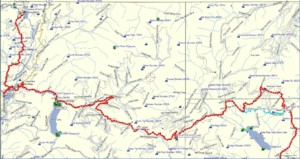
In the notebook I start adding up the dollars and cents. I come up with a budget. I don’t like going into debt to fund my adventures, so I start setting aside funds early to pay for the future. You may do it differently, putting everything on a card, then paying it off later. Whatever works for you, but my method costs less in the long run.
Let’s talk finances. You can do it cheap, or you can do it expensive. The way you travel depends on whether you like to camp or like to stay in motels, whether you like to cook your own food or you like to eat in restaurants. Here’s a few examples showing the dollars spent on a ride covering 3 days 2 nights, 300 miles per day 900 miles total:
Example 1: Camping and cooking myself. Camp fees $0. Food will cost $20 per day x 3 = $60. Fuel is $3/ gallon, the bike gets 50 MPG, so my fuel expense for the 900 mile trip is $54. Add it all up and I enjoyed my journey for a meager $104.
Example 2: I stay in motels and eat in restaurants. Motel fees $100 x 2 = $200. Fuel expense is the same = $54. Food allowance is $10 for breakfast and lunch, $20 for dinner = $40 per day = $120 for the entire trip. This same adventure costs me $374. Three times as much. Ouch
Example 3: Different ride, 6 days 5 nights, 300 miles per day. I plan to camp 3 nights and stay in motels 2 nights = $200. I plan to cook 4 days and eat in restaurants 2 days = $140 . Gas expense will be $108. Total for the adventure is $448.
Don’t forget to add for rally entry fees, incidentals, and a few treats along the way. After all, this is supposed to be fun.
Keep track of your expenses in your notebook, challenge yourself to stay within your budget. Adjust the budget if you find your fuel mileage is higher or lower, or if the motels you prefer cost more (or less).
This quick budgeting exercise gives you an idea of what your ride’s really going to cost. How many rides like this can you afford?
As I go thru the planning process I check the bike’s odometer and refer to the owner’s manual for required maintenance items. (The manual is also where I keep the maintenance log.) I check the tires, chain, and other systems to see how much life they have left. I buy tires and other consumables online, saving money by doing the work myself. If the bike is due for service, and it’s not something I can do myself, I call the dealer and get it on their schedule. You don’t want to schedule a tuneup in the middle of the riding season because they’ll be too busy – failure to get your work booked on their schedule NOW might mean your trip will be cancelled because the bike won’t be ready.
After all that work is done I take my report into the Boss’s Office and I lay out my plans. I’ve learned to wait until The Boss is in a good mood. To improve that mood I cook The Boss dinner, or I take The Boss to a movie, or I do something really nice… you see MY Boss is my Lovely Long Suffering Wife. Without Her approval nothing happens. She gives me approval as long as I’ve scheduled enough alone-time with Her. If I didn’t, then I go back to the drawing board and make changes. Usually I get it right the first time, but it took years of practice to refine this system. You might say I should’ve consulted Her earlier in the planning process. You might be right, but this methodology works for me. It seems to work for Her too.
OK, so now the Plan is in place. I know where I’m going, when I’m going, how much it will cost, etc. I’ve planned the steps needed to get the bike ready. I’ve gotten approval from the Head Office. I always get that in writing… very important. Words can be forgotten, a signature on The Plan can’t.
Over the next few months I implement my Plan. Bike serviced, items purchased, maps studied, GPS routes created, riding buddies coordinated, etc. Before my first adventure I have all the pieces in place. Everything’s been tested, all systems are GO. I’m ready for countdown and blastoff. The calendar ticks down to the first event…
The 1st ride of the season is my “shakedown cruise”. This ride is usually a short one, close to home, perhaps a 2-day jaunt. During that ride I always identify some issue with the bike, or camping gear, or riding gear, or something else that isn’t quite right. Sometimes it’s an issue with myself. I note those issues in my log and I fix them before the next ride. By ride #2 everything is in order. The rest is gravy.
This is how I do things. It works for me, but your mileage may vary. Perhaps you’ll adopt one or two of the ideas I put before you, and those ideas will improve YOUR riding season. That would be a good thing. Lemme know if you have your own ideas about the process. If they make sense I’ll add them to the Plan and share them with fellow riders.
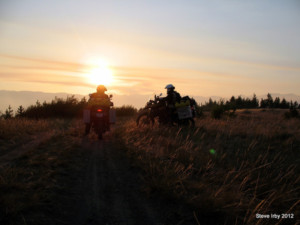

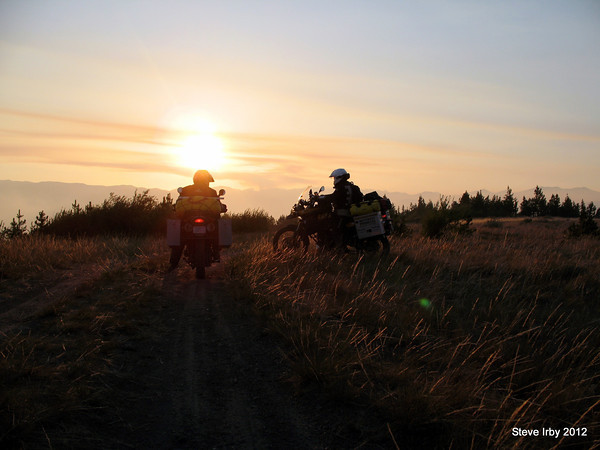
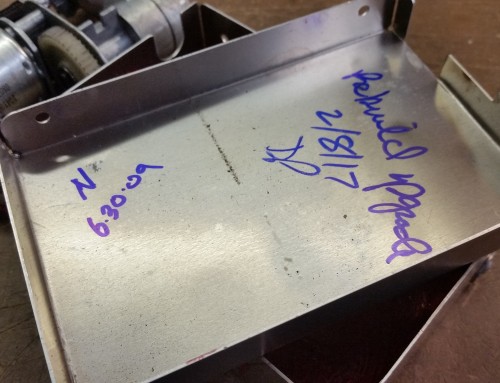
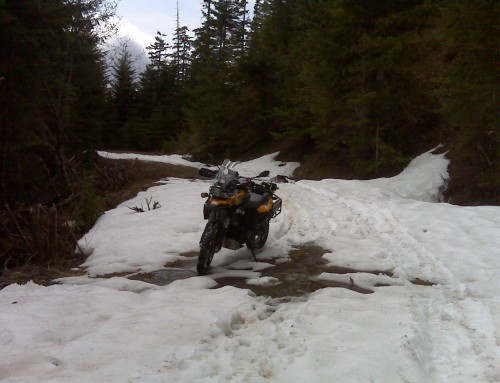
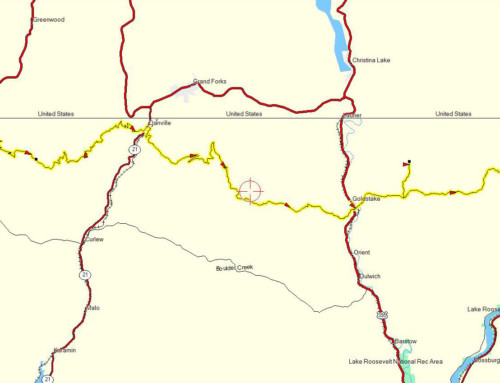
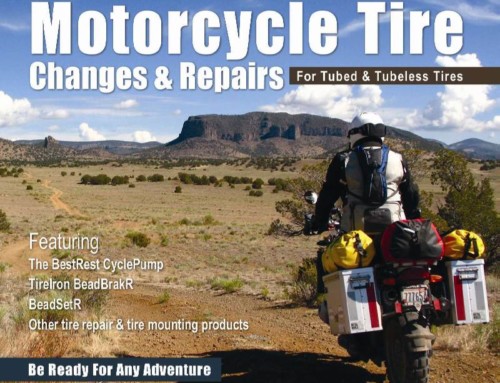
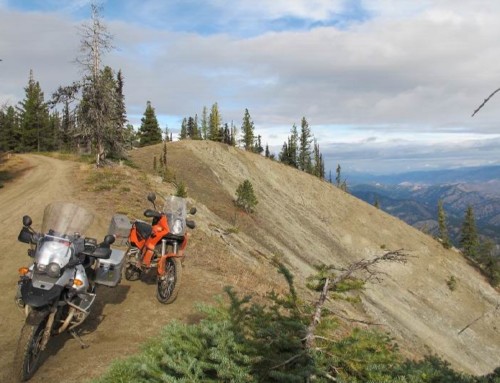
Leave A Comment
You must be logged in to post a comment.